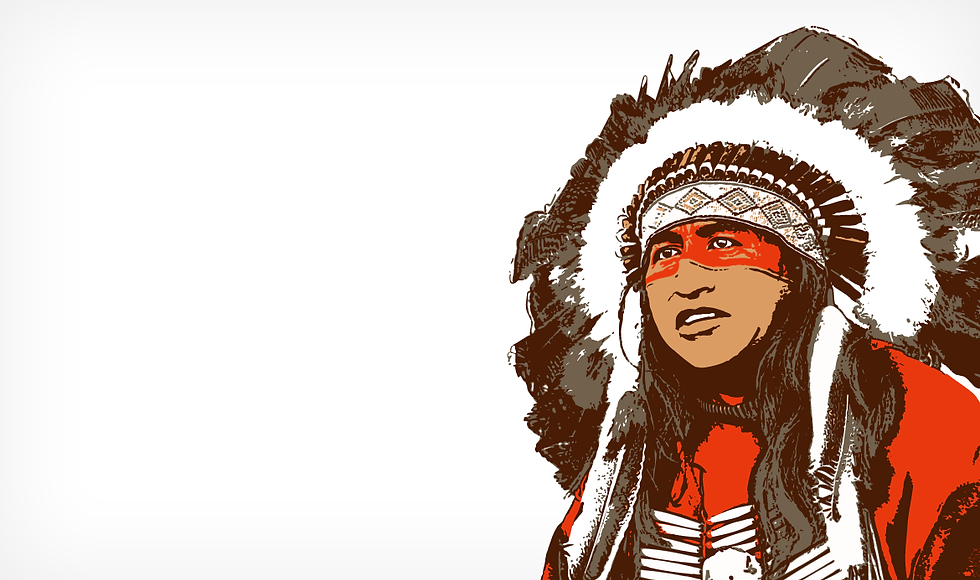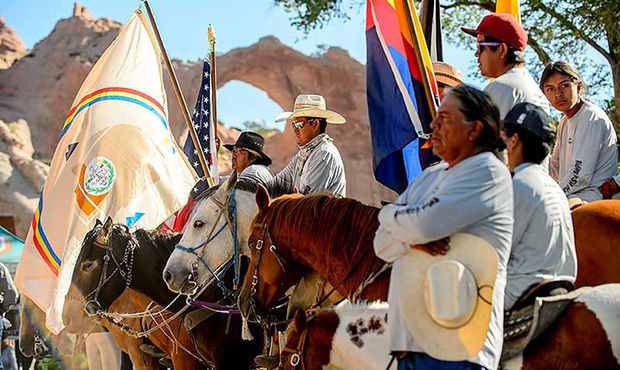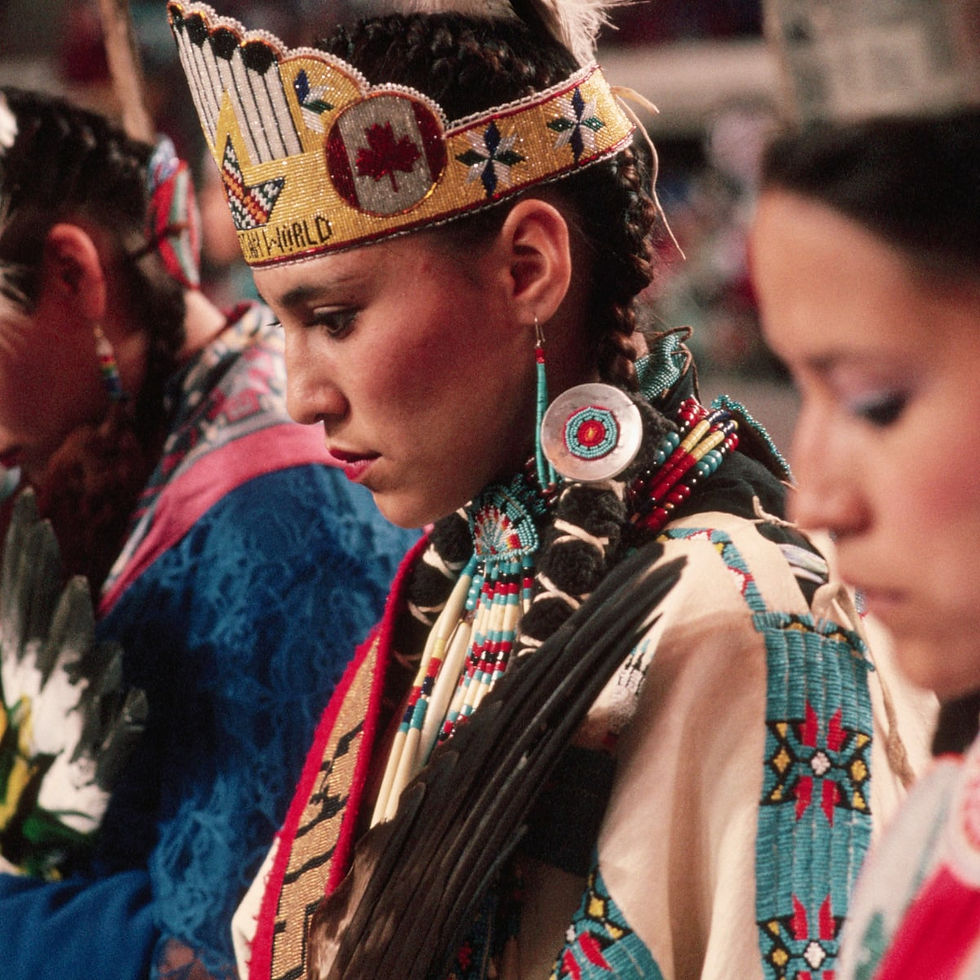Native Communities: COVID-19, forgotten threat?
Native American tribes and urban communities are being affected by the current global pandemic in ways that are unique to their population concerning health care needs, economic impacts, and access to daily essentials.
In the U.S., there are 574 federally recognized Native American tribes. While we wish we had more information about the virus, what we do know is that the virus does not discriminate against who it infects. But sadly, access to testing does.
From State to State, tribe to tribe, the numbers vary, and it’s clear that Native Americans are being hit harder by the virus than the general American population.

The Indian Health Service (IHS), a branch of the U.S. Health and Human Services Department, declared they are in constant contact with the White House and the U.S. Center for Disease Control and Prevention (CDC). The CDC recently published a fact sheet assuring that all IHS clinics “Have access to testing for Coronavirus.”
However, many tribes and Nations have reported shortages of test kits—or worse, none at all. As of last week, the Navajo Nation now has the highest per capita rate of COVID-19 infections in the United States.
This problem doesn’t just affect reservations and IHS facilities—it also affects healthcare facilities that cater to urban Indians, which already face the challenges of limited resources under normal circumstances.
The CDC has reported that American Indians and Alaskan Natives are particularly vulnerable to diseases and epidemics due to higher rates of poverty, overcrowded housing, and underlying chronic illness.

Aggravating their vulnerability is the federal government’s slowness to address the needs of tribes during this pandemic crisis. According to the National Indian Health Board, only half of the tribal governments surveyed say they’ve received COVID-19-related information from the federal or state governments, and fewer than one fifth have received money, technical assistance, or supplies.
As a part of the “CARES Act”, $8 billion was allocated to tribes at the end of March, but the payments didn’t start rolling out until more than a week after the April 26 deadline imposed by the Congress. Because of the neglect on the part of the federal government, conditions on reservations are now so terrible that Doctors Without Borders has deployed inside the U.S. for the first time.
Jerilyn LeBeau Church, CEO of the Great Plains Tribal Chairmen’s Health Board, warns:
“Indian Health Services and many other tribal clinics are not adequately prepared. I don’t think the rest of the nation is adequately prepared either, but it is even more amplified in our tribal communities.”

With limited resources, tribal leaders are innovating ways to stop the virus’s spread.
In Montana, for example, reservations have imposed strict curfews and are requiring people to stay at home, or they will otherwise face arrest. In other areas, tribes have set up roadblocks to prevent outsiders from infecting people on their reservations.
But despite Native leaders’ best efforts, coronavirus will continue to acutely impact Native Americans without support from the federal level.
There’s lots of fear in Native communities regarding the infectious disease. Consider how tuberculosis and smallpox have historically impacted the population -this crisis is, understandably, triggering intergenerational trauma.
A recent report from Columbia University’s Mailman School of Public Health found that traumatic experiences leave physical traces in a person’s genes. In other words, post-traumatic stress disorder (PTSD) can be inherited.
There is an urgent need to recognize the unique emotional trauma Native nations are experiencing and turn empathy into action.

Nonetheless, many native communities are facing urgent needs in accessing food, water, medical supplies, and household items. The First Nations Development Institute is responding to American Indian, Alaska Native, and Native Hawaiian community emergency needs related to the COVID-19 pandemic to minimize the risk of Native communities. Helping to ensure that the native communities won’t become collateral damage during these times means donating and supplying the basics.
To keep the culture and tradition of the people alive, indigenous women have led a virtual dance of healing and prayer for those who are sick. In response to the viral videos, a chief member of the Anishnaabe culture said, “Our resilience is what is going to get us through this.”







Comments